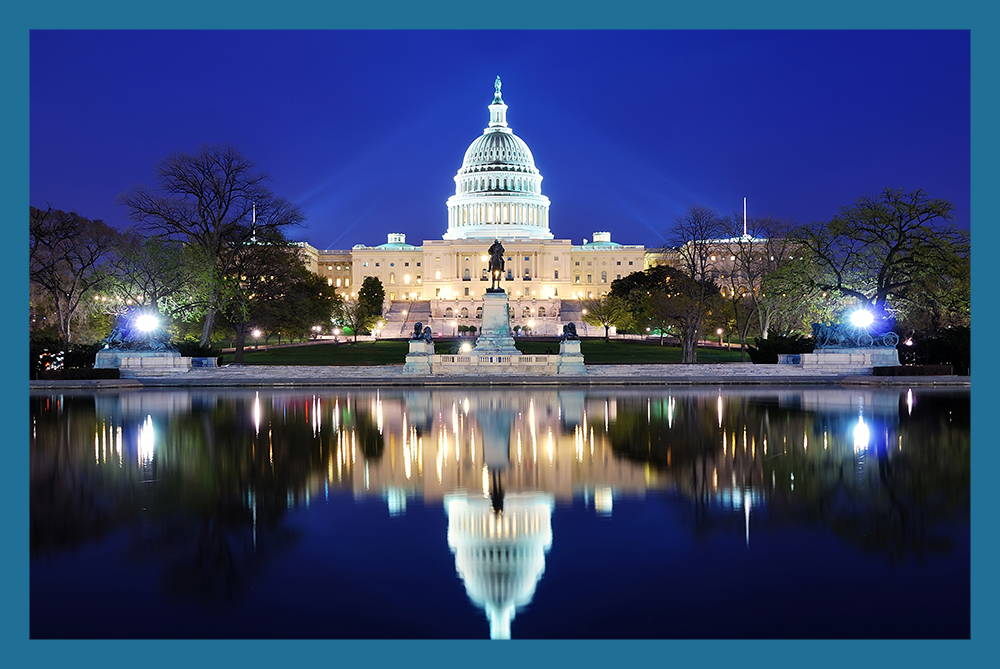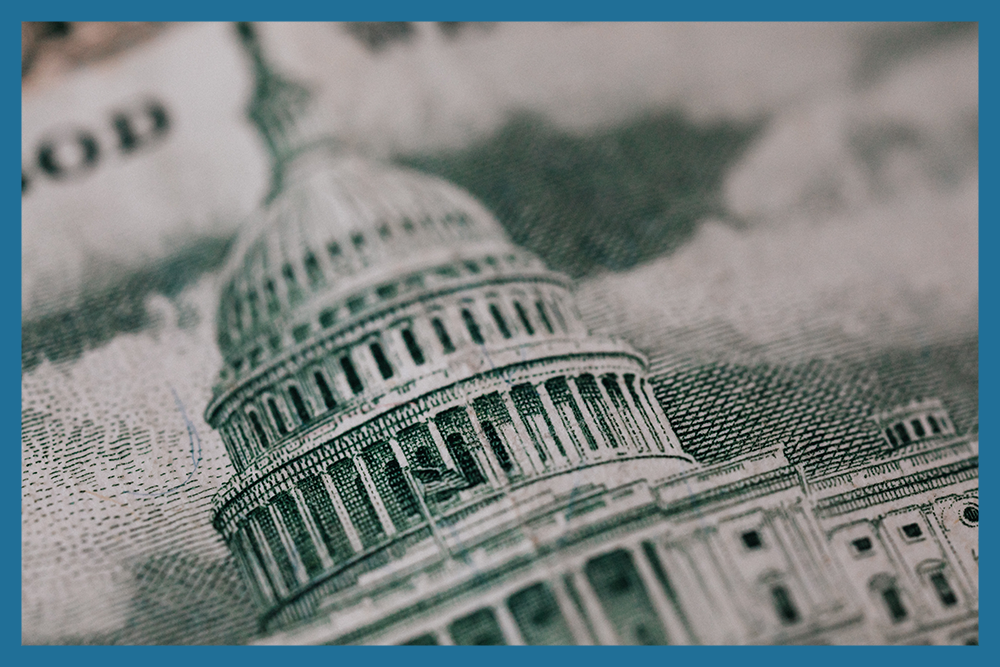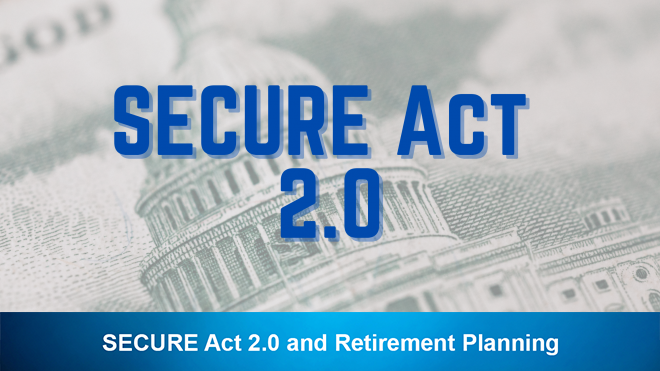The SECURE Act 2.0 could be a game changer for retirement planning in 2021. Here’s what you need to know.
The Setting Every Community Up for Retirement Enhancement Act of 2019, better known as the SECURE Act, which originally passed the House in July 2019, was approved by the Senate on Dec.19, 2019, as part of an end-of-year appropriations act and accompanying tax measure. The far-reaching bill includes significant provisions aimed at increasing access to tax-advantaged accounts and preventing older Americans from outliving their assets.


The SECURE Act tweaked a number of rules related to tax-advantaged retirement accounts, intended to:
- Make it easier for small businesses to set up 401(k)s by increasing the cap under which they can automatically enroll workers in “safe harbor” retirement plans, from 10% of wages to 15%.
- Provide a maximum tax credit of $500 per year to employers who create a 401(k) or SIMPLE IRA plan with automatic enrollment.
- Enable businesses to sign up part-time employees who work either 1,000 hours throughout the year or have three consecutive years with 500 hours of service.
- Encourage employers to include more annuities in 401(k) plans by removing their fear of legal liability if the annuity provider fails to provide and also not requiring them to choose the lowest-cost plan. Encourage plan sponsors to include annuities as an option in workplace plans by reducing their liability if the insurer cannot meet its financial obligations.
- Push back the age at which retirement plan participants need to take required minimum distributions (RMDs), from 70½ to 72, for those who were not 70½ by the end of 2019.
- Allow the use of tax-advantaged 529 accounts for qualified student loan repayments (up to $10,000 annually).
- Permit penalty-free withdrawals of $5,000 from 401(k) accounts to defray the costs of having or adopting a child.
In SECURE 1.0, Congress may have missed an opportunity in not connecting the provisions that lower barriers to annuities in plans with the provisions that enable the creation of multiple employer plans, or MEPs or pooled employer plans (PEPs).


The “new and improved” bill includes provisions that benefit small-business owners that offer retirement plans for their employees. While the SECURE Act was a significant step in enhancing the retirement security of Americans, more is needed. The provisions made for the Securing a Strong Retirement Act 2.0, according to J.P.Morgan:
- Enhance the new plan startup credit for small employers. The SECURE Act increased an existing tax credit to 50% of the costs of starting a plan to a maximum credit of $5,000 per year for three years for employers with 100 or fewer employees. Before this SECURE Act change, which became effective in 2020, the maximum credit was $500. The Neal-Brady bill would increase the credit to 100% for employers with 50 or fewer employees. The bill would also clarify that the credit is available for employers that join a multiple employer plan.
- Provide tax credits for plan contributions made by small employers. Employers with up to 50 workers that establish a plan would be entitled to a credit for contributions made on behalf of their employees. The maximum credit per employee would be $1,000 in the first two years, $750 in the third, $500 in the fourth and $250 in the fifth. The credit amount would be phased out for employers with between 51 and 100 employees.
- Require new plans to include auto enrollment and auto escalation. New 401(k), 403(b) and SIMPLE IRA plans would be required to automatically enroll employees at a starting rate of at least 3% of their pay and annually increase the rate by 1% until it reached 10%. Employees could opt out. Some exceptions would apply, including businesses with no more than 10 employees and organizations that have been in business for less than three years. Existing plans would be grandfathered.
- Permit 403(b) pooled employer plans. The SECURE Act created a new type of multiple employer plan—the pooled employer plan (PEP), which allows unrelated employers to band together to participate in a single plan. The Neal-Brady bill would permit pooled plan providers to create 403(b) versions of PEPs.
- Require long-term, part-time employees the option to join 401(k)s sooner. The SECURE Act will require employers to permit employees who work at least 500 hours in three consecutive 12-month periods to contribute to their 401(k) plans beginning in 2024. The bill would shorten the three-year requirement to two years.
- Create a retirement savings “lost and found.” The bill would establish an online mechanism that would enable individuals to search for lost retirement accounts.
The bill has primarily been met with positive feedback, as many understand the need to address the country’s looming retirement savings crisis, especially considering the devastating economic impact of the coronavirus pandemic.


Though there are many more aspects and provisions to the new law, we have highlighted some of the most pertinent above. As always, it is best to consult with a professional retirement planner like CKS to ensure you are keeping up with, and adhering to the latest rules as they apply to your overall financial and retirement plan.
If you want to talk strategy with a professional, contact the retirement planning experts at CKS Summit Group on 586-286-5820. We can help clarify your personal and financial goals while maximizing your assets and passing your wealth on efficiently.
Alternatively, you can set up a complimentary retirement strategy session online here. We look forward to working with you.



